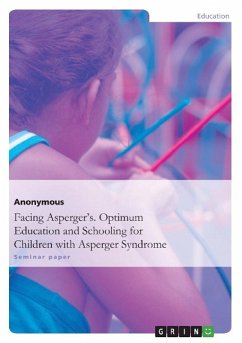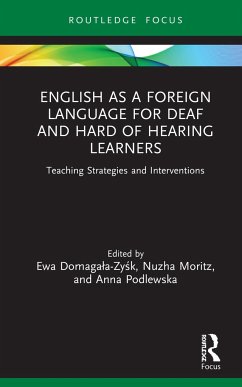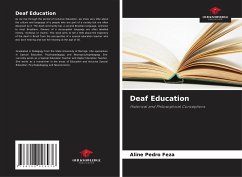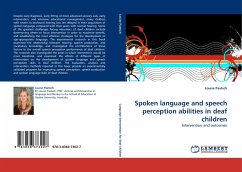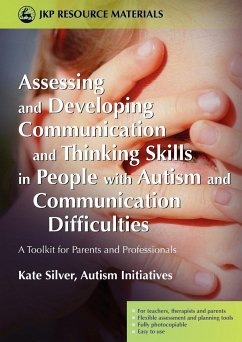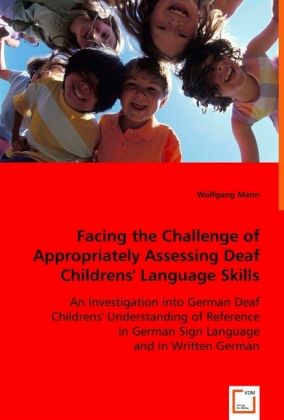
Facing the Challenge of Appropriately Assessing Deaf Childrens' Language Skills
An Investigation into German Deaf Childrens' Understanding of Reference in German Sign Language and in Written German
Versandkostenfrei!
Versandfertig in 6-10 Tagen
52,99 €
inkl. MwSt.

PAYBACK Punkte
26 °P sammeln!
With the majority of deaf children growing up in hearing families, their successful linguistic and social development requires the acquisition of more than one language and modality: a signed language, a spoken, and a written language.Given the lack of existing language tests that have been developed and/or adapted specifically for this target group, appropriate measuring of deaf childrens linguistic skills remains a daunting task.Effective assessment of deaf children is further complicated by the increased movement within and beyond European borders which has changed the face of the deaf lear...
With the majority of deaf children growing up in hearing families, their successful linguistic and social development requires the acquisition of more than one language and modality: a signed language, a spoken, and a written language.Given the lack of existing language tests that have been developed and/or adapted specifically for this target group, appropriate measuring of deaf childrens linguistic skills remains a daunting task.Effective assessment of deaf children is further complicated by the increased movement within and beyond European borders which has changed the face of the deaf learner and resulted in the rise of a new sub-group within Deaf Communities: deaf individuals from diverse linguistic and cultural backgrounds.The study described in this book focuses on one particular group of deaf individuals: German elementary students, who attend programs that follow a bilingual approach. It is motivated by the question whether these students understanding in German Sign Language and Written German can be reliably measured and compared across participants from different groups by using a computer-based test format.



